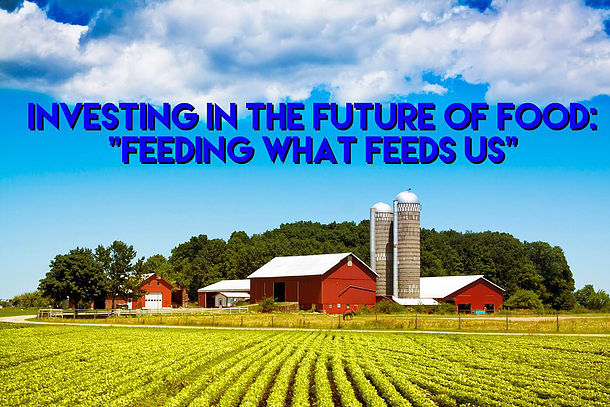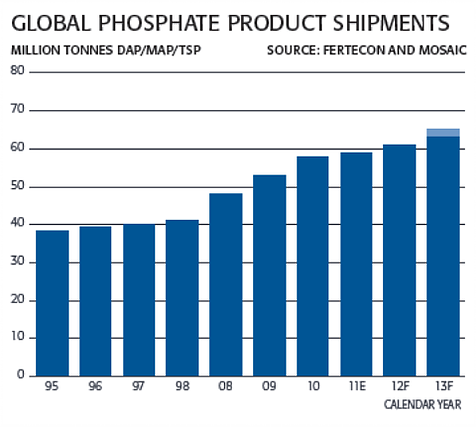<< Read Part 1: Investing In The Future Of Our Food
<< Read Part 2: Investing In The Future Of Food (Chew On This)
<< Read Part 3: Investing Investing In The Future Of Food (When “Chickens” Fly)

A wise guru once said that “nothing is truly ‘bad’ … something ‘bad’ is simply something ‘good’ just in the wrong place at the wrong time,” and this pretty much describes China’s utilization of potash and fertilizers. Potash is incredibly useful for successful agriculture, but if used incorrectly can result in devastation.
While it is known that China’s manufacturing sector has had a detrimental impact on the heath of its soil and water supplies, its poor agricultural practices are almost equally to blame. The majority of its food production is driven by synthetic nitrogen fertilizers and potassium-based potash – in fact, China utilizes more than 30% of all the global nitrogen output. However, matters are made worse by the fact that 70% of this nitrogen is obtained through the burning of coal, which in turn further weakens the immunity of the crops it is trying to grow.
Farmers often become so frustrated that fertilizers aren’t yielding a decent output that they end up putting more fertilizers in the soil the following growing season resulting in an even weaker harvest and further polluting their national water supply. The useful factor of China’s farmland is dwindling at an unsustainable rate. The only hope is to learn to emulate the best practices of American fertilizers and or continue the trend of acquiring US-based agricultural companies.

TOOLS OF THE TRADE
Since it’s pretty difficult to conduct farming practices with your bare hands, there are heavy machinery companies looking to broaden their international footprint. While more cities are seemingly popping up out of nowhere throughout China, Caterpillar (CAT), noted in its most recent 8-K that its outlook for developing markets going into the next few years will be “favorable.” Most notably, demand in China is particularly positive in the demand for cultivating commodities and the construction of more buildings. CAT anticipates the Chinese economy to grow a further 7.5% this year and that industrial needs in the country will increase by 9% year-over-year.














Leave A Comment